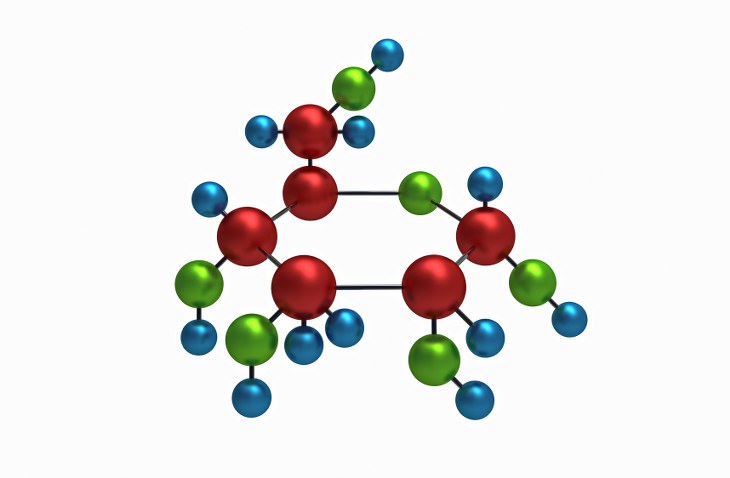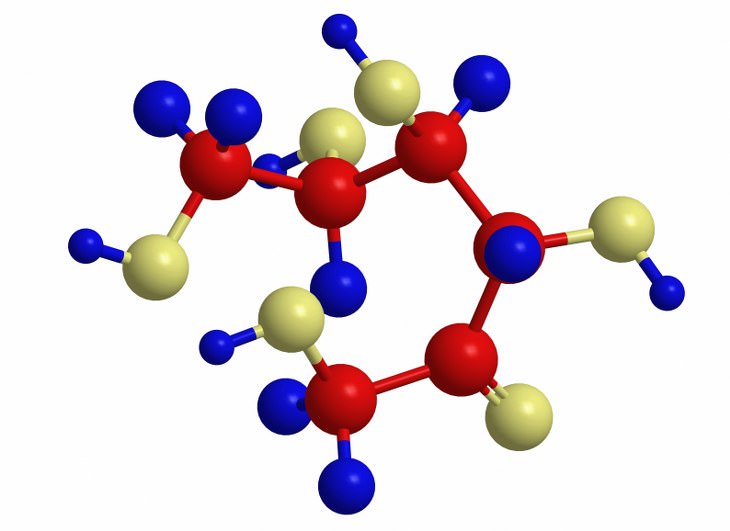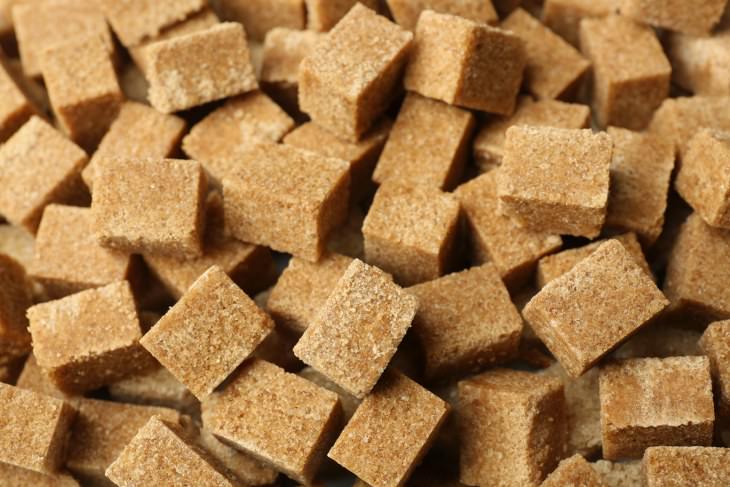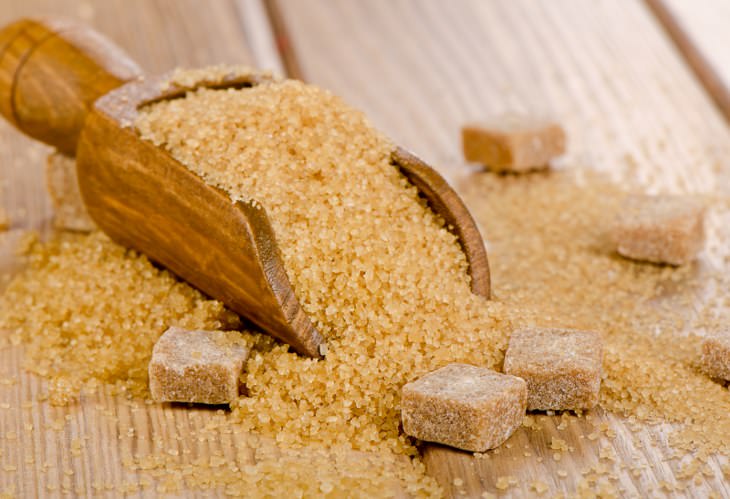Glucose, fructose, and sucrose are three types of sugar that contain an identical number of calories gram for gram. However, their chemical structures greatly differ, as does the way in which your body digests and metabolizes them. Keep reading to find out exactly what makes these three sugars so different, and why these differences actually matter. When it comes to food, glucose is most commonly bound to another monosaccharide to form either disaccharides or polysaccharide starches. Glucose is frequently added to processed foods in the form of dextrose, which is actually extracted from cornstarch. When compared to fructose and sucrose, glucose tastes the least sweet. Your liver needs to convert fructose into glucose before your body uses it as a source of energy. If you consume more fructose than your liver is able to safely handle, any excess is turned into cholesterol and triglycerides, which could end up causing certain negative health effects such as obesity, fatty liver disease, and high cholesterol levels. |
--
You received this message because you are subscribed to the Google Groups "Keep_Mailing" group.
To unsubscribe from this group and stop receiving emails from it, send an email to
keep_mailing+unsubscribe@googlegroups.com.
To post to this group, send email to
keep_mailing@googlegroups.com.
Visit this group at
https://groups.google.com/group/keep_mailing.
To view this discussion on the web visit
https://groups.google.com/d/msgid/keep_mailing/CAH3M5OtmnsY9ndw7HfQHVt%3D%3D6Wok0_XquagheFL8VRSh_a%3DUgQ%40mail.gmail.com.
For more options, visit
https://groups.google.com/d/optout.





No comments:
Post a Comment